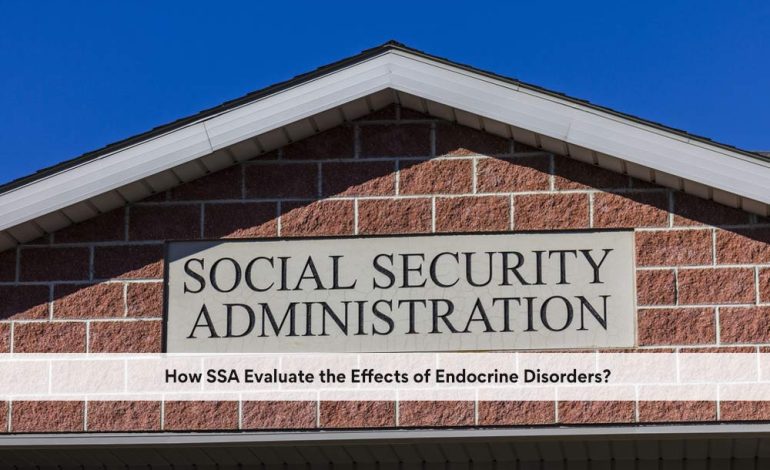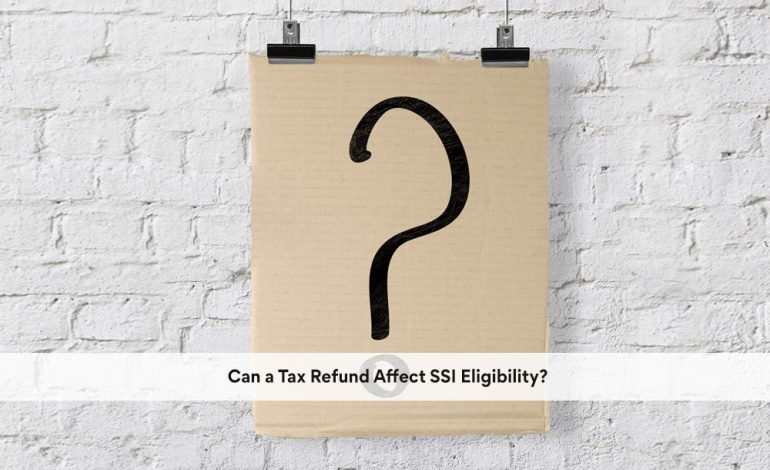SSI Disability for Children and Age Appropriate Activities
When it comes to disability, you’ve probably heard about disability that is based on Social Security and how much you’ve worked. This is called Social Security Disability Income (SSDI) and is based on work credits. Children are eligible for a different program called Supplemental Security Income (SSI disability) that is not based on work credits.
The SSA uses certain criteria to determine whether a child can be classified as “disabled”. One of the main criteria is whether the child can participate in age-appropriate activities. A child will be deemed as having marked severe functional limitations if that child cannot engage in appropriate activities for his or her age and if there is also a medical determination of a physical or mental impairment or a number of impairments. SSA maintains a book called the Listing of Impairments, more commonly known as the Blue Book.
SSA evaluates the whole child, then makes a determination regarding function. As a standard, SSA focuses first on a child’s activities to make an informed decision. They will evaluate how “appropriately, effectively, and independently the child functions when compared to children of the same age who do not have impairments.” They’ll look at what the child can do, cannot do, or what he or she needs help doing. “Activities” mean everything all functions performed 24/7 at home, in school, or in the community.
Once That Determination Has Been Done, SSA Rates The Impairment According To Six Areas
- Acquisition and use of information
- Completion of and Attending to tasks
- Interaction and relationships with others
- Ability to manipulate objects
- Self-care
- Health and physical well-being
To Qualify, A Child Must Have An Extreme Limitation In One Area Or Marked Limitations In At Least Two Areas
Once children go to school, their functional abilities are more easily documented by teachers and school professionals. School-age children can also have psychological testing and have progress reports, and teachers can provide detailed information about classroom function.
For school-age children, SSA will provide teacher questionnaires to document a child’s abilities regarding things like attention, concentration, and social functioning. It is a given that SSA will use school records for all school-age children; this gives the disability examiners the information they need to make an accurate functional determination.
Younger children not in school have a more difficult time being evaluated because the school records don’t yet exist. But don’t be discouraged—SSA does accept medical records from the child’s pediatrician. They will also consider observations from daycare, parents, or other individuals who see the child on a daily or regular basis.
SSI disability is a federal program that provides supplementary income to help children (and disabled and elderly people) who have no income. Unlike SSDI, SSI is not funded from work credits but instead by general taxpayer revenue. In addition to the federal SSI payment amount, most states also have a state supplement ranging from as low as $10 to as much as $200 monthly.
For SSI disability for children a child is under 18 (or under 22 regularly attending school) and is not married or the head of a household. Children can be eligible from birth if born with a disability. In other words, SSA has no minimum age requirement, and the child is usually eligible for SSI disability until age 18. After that, SSA will determine whether the person should be covered under adult disability ratings.
Furthermore, the child’s disability must be long-term, expected to last more than a year or to result in death. In most states, children who receive SSI benefits also qualify for Medicaid to help pay medical bills. Even if a child does not qualify for SSI benefits, the child may still be eligible for Medicaid, but that varies by state.
The SSA does make an effort to quickly provide benefits to children with serious medical conditions. The SSA Compassionate Allowances (CAL) program quickly identifies these qualifying diseases and medical conditions that automatically qualify in the SSI Blue Book. This quick processing allows SSA to get benefits easily to the most obviously disabled individuals. Just note that CAL is not a separate program. It is part of the Supplemental Security Income (SSI) program.
To apply for SSI in general, you will need to provide SSA with information such as the child and parent’s Social Security numbers (SSN), date of birth, place of birth, and proof of US citizenship like a birth certificate (or lawful alien status). In some cases, the SSA will take into consideration the parental income when making their consideration regarding SSI benefits to the child. Sometimes, the benefits paid out are reduced due to income. This is a process called deeming.
The SSI application process can be complex, so hiring an experienced lawyer & attorney can make it a much easier process.


